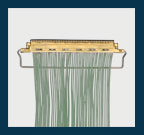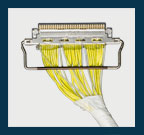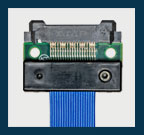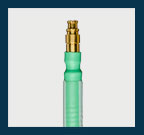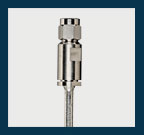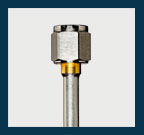The Importance of Next-Generation Interventional Catheter Assemblies has Never Been Greater
Posted on Tuesday, November 18, 2014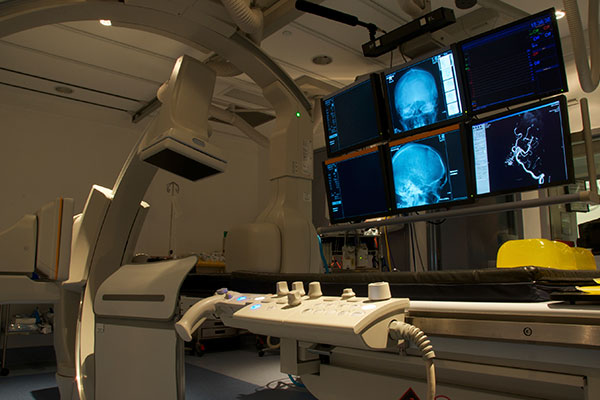
An Industry Under Pressure
As hospitals and medical device manufacturers face mounting pressure from insurers, consumers, and governmental reformers to decrease their operating costs while increasing quality of care, the importance of next-generation, interventional catheter assemblies has never been greater. As interventional catheter assemblies are manufactured faster and cheaper, they are inherently manufactured in lower cost country (LCC) manufacturing facilities unsuitable for medical device manufacturers. Oftentimes, these supply chains are also less suitable to support advanced technological approaches and materials.
Devil in the Details
Interventional catheter assemblies are used in a variety of endoscopy, renal, diagnostic imaging, and ablation applications. A critical component of these devices (especially when they’re intended to be processed, sterilized and reused), is the micro coaxial cable inside. Each interventional catheter assembly may contain a variety of micro miniature coaxial cables intended to carry signals, power, and imagery during a procedure. These micro miniature coaxial cables are precisely wrapped with a dielectric (commonly known as Teflon®) and more recently expanded PTFE or ePTFE (made by, among others, W.L. Gore as is known as GORE-TEX®, and High Speed Interconnects higher performing alternative to GORE-TEX™ called VP90™). These micro miniature coaxial cables are then further processed using medical grade materials and microscopically terminated to high density pitches of less than 0.175mm. Imagine now, that these tiny cables are packaged to be small enough to fit into a human artery. HSI’s state-of-the art manufacturing capabilities control, with precision, both thin-wall and high-density requirements and can manage overall diameters – which are (frankly) incredible.
Expertise for the Future
HSI’s expertise with “puffing up” or “puffing down,” if you will, the electrical and mechanical characteristics of its micro miniature coaxial cable, makes them a leader in solving for interventional catheter assembly solutions. Achieving balance between air and other molecules to perfect signal integrity while keeping the cable flexible and robust is essential and often overlooked by manufacturers lacking the proper expertise. As doctors and researchers strive to go deeper into smaller and smaller vessels of the body, the pressure to miniaturize coaxial cable assemblies increases exponentially.
So if you’re seeking a high-performance extruder with fine wire termination capabilities for your next single-use or reusable medical device, we invite you to reach out to our experts at sales@highspeedint.com to develop your next interventional catheter assembly.



